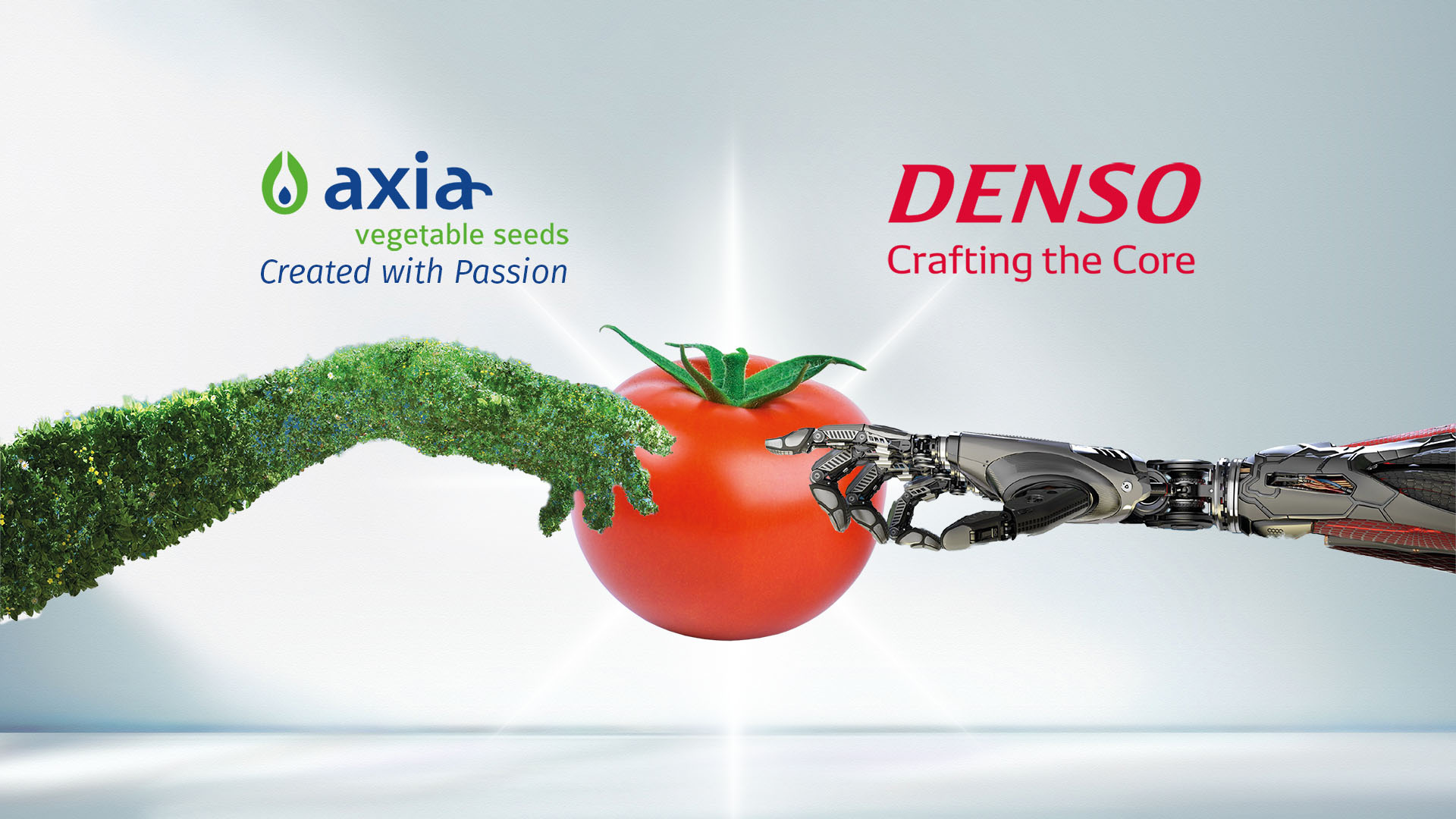Training of Cloud Computing Engineers through Fun Learning Events
What is the software innovation being carried out by DENSO to realize a new mobility-centered society? At DENSO Tech Links Tokyo #13 organized by DENSO Corporation, Satoshi Osanai of Engineering Dept. 6, AD&ADAS Engineering Div. 1 talked about developing ADAS vision sensor recognition technology and voluntary activities to train cloud computing engineers. Tomohiro Hamasaki of the Master Skills Training Dept., Core Skills Development Div. talked about participating in the National Skills and WorldSkills Competitions and voluntary activities to train technicians.
【Speaker】
Satoshi Osanai
Engineering Dept. 6, AD&ADAS Engineering Div., DENSO Corporation
Tomohiro Hamasaki
Master Skills Training Dept., Core Skills Development Div., DENSO Corporation
Voluntary Activities to Train Cloud Engineers
I’m Satoshi Osanai of AD&ADAS Engineering Div. 1. I’m in charge of developing vision sensor recognition technology.
In my presentation, I’ll explain how we are developing ADAS vision sensor recognition technology and our voluntary activities to train cloud computing engineers. In the first part, I will introduce DENSO’s AD&ADAS business and the development flow of ADAS vision sensor technology.
“AD&ADAS” is a technical term used in the auto industry. AD is an abbreviation for automated driving, and ADAS is an abbreviation for advanced driver assistance systems.
At present, DENSO focuses on four fields: electrification, connected cars, advanced safety/automated driving, and non-automotive businesses. The AD&ADAS Business Unit, which I work for, covers the advanced safety and automated driving field. We aim to realize a safe society free from traffic accidents, with comfortable and flexible mobility.
Let’s watch a video of our work on creating a safe society free from traffic accidents.
I hope you enjoyed the video, which explained our development work. The video featured a front vision sensor, which is an ADAS product.
Here are some of the things to be recognized in the images captured by the front vision sensor, which is a camera mounted on the windshield of a vehicle: vehicles and obstacles, pedestrians, driving space, lamps such as taillights and headlights, white lines and road boundaries, and road signs. In my department, there is a development team for each of these types, working to improve the recognition performance.
Development of Front Vision Sensor Recognition Technology
Next, I will explain the development of front vision sensor recognition technology. We collect comprehensive data for public roads in various countries. We also collect comprehensive safety test data on a proving ground. We use this collected data to repeatedly conduct strict performance evaluation tests.
Let me outline the performance evaluation test. As I explained on the previous slide, a large amount of data is collected from public roads and the proving ground.
The data is stored in the shared storage, which is indicated on the left. The evaluation data is processed using an algorithm, which is developed concurrently with the recognition technology, on the computer nodes to produce the evaluation results.
The algorithm is improved based on the evaluation results, and evaluations are then conducted again. The performance evaluation tests are conducted by distributed parallel processing using multiple computer nodes because it takes time to process the large amount of evaluation data.
The process is undertaken by each team. Tests are conducted repeatedly at weekly or monthly intervals. Thus, it is important to build a system that can evaluate the performance efficiently at short intervals.
Vision sensors, which are one of the essential products for advanced safety and automated driving, must be delivered by the deadline set by customers, and at low cost while offering high quality and performance.
Thus, it is necessary to introduce new techniques, mechanisms, and technologies for improvement, such as simplifying data management, standardizing the development and evaluation processes, improving the availability of evaluation resources, and automating the initial start-up of the evaluation environment. One solution is to use the cloud, so it is essential to secure human resources who understand cloud computing technology.
That’s all for the development of ADAS vision sensor recognition technology. Next, I’ll talk about voluntary activities to develop human resources who understand cloud computing technology, namely, training cloud computing engineers.
Voluntary Activities to Train Cloud Engineers
First, let me explain why I started voluntary activities. About three years ago, I participated in “AWS Summit Tokyo,” which was organized by AWS, as part of the in-house AI workshop in the AD&ADAS Business Unit and took part in “DeepRacer,” a racing contest for autonomous racing cars.
We installed a model trained in the virtual environment in the racing car, which then drove around the track. Although I could not win a prize, it was satisfying to see the car based on my own model in an actual race. I was strongly motivated to give DENSO employees the chance to experience that excitement.
Together with associates and partners who participated in the AI workshop, I explained my vision to executives and departments.
I emphasized not only the excitement of the AWS Summit but also the potential to develop in-house human resources who will play active roles in the era of CASE (Connected, Autonomous, Shared & Service, and Electric) by training engineers who understand both vehicles and cloud computing.
Thanks to these efforts, I was able to receive support.
Eventually, we organized an in-house contest of AWS DeepRacer, the industry’s first. Let’s watch a video of the contest.
We worked on the event outside office hours. Participants paid the cost of creating a model out of their own pocket. Nevertheless, the event was a huge success, attracting engineers and employees of the administrative and indirect divisions.
We found that many employees were interested in cloud computing and AI.
This slide shows a roadmap of our voluntary efforts to train cloud computing engineers.
We launched the in-house contest of DeepRacer in 2019. In FY2020, we held a DENSO cloud contest completely online. We were worried that there might be only a few applicants due to the pandemic, but more than 200 employees applied. That was a problem we could enjoy dealing with!
Participants included executives of DENSO and its group companies, and people from various positions, making the contest a real success.
Automotive engineers should learn cloud computing technologies. There are candidate engineers in-house who can play an active role in the era of CASE. With this in mind, we are planning the next in-house events.
These activities have reminded me: “If you have passion, others will join you. That’s the culture of DENSO.”
Thank you for your attention.
National Skills and WorldSkills Competitions
I’m Tomohiro Hamasaki of the Outstanding Skills Training Dept., Core Skills Development Div. Thanks for having me. I will introduce the National Skills and WorldSkills Competitions as part of our efforts to train technicians, and talk about my experience and voluntary activities.
First, let me explain the National Skills and WorldSkills Competitions. Do you know about these? Their profile might be low, but they are very popular events.
In the National Skills Competition, young technicians from around Japan compete in skills. It aims to showcase the importance and potential of skills and help foster respect for skills.
The competition held in even-numbered fiscal years also serves as a tryout for the WorldSkills Competition, which is held the following year. There are 42 skills in total, including skills related to mechanics, metalworking, construction and architecture, information and communication, and services and fashion.
The short movie shows impressive clips from the competition. Please watch it if you are interested.
Next, let’s look at the WorldSkills Competition. This encourages vocational training in participating countries and facilitates international exchanges and friendships among young technicians.
This slide shows DENSO’s results. At the National Skills Competition held in 2020, 27 contestants from DENSO participated in 11 skills and won four gold medals, nine silvers, and one bronze. Contestants from high schools, technical colleges, and universities also take part in the National Skills Competition. Many contestants from companies, including DENSO, compete in various skills.
At the WorldSkills Competition, contestants from China and Russia have become better and better, making it difficult for Japanese contestants to win gold medals.
Experience in WorldSkills Kazan
Let me talk about my experience at WorldSkills Kazan. I joined DENSO as a technician. I took the selection exam after receiving training for one year in the advanced vocational training course of DENSO Technical Skills Academy. I was chosen as a contestant for the National Skills and WorldSkills Competitions and took part in them. Today, I serve as an instructor for younger employees.
I took part in the National Skills Competition as a contestant in the “Electronics” skill. I learned electronic circuit design and embedded programming.
The “Cloud Computing” skill was added from the 45th WorldSkills Competition at the suggestion of AWS.
When an announcement was made for applications from Japanese contestants, there were few applicants for this first skill, as there was no information about it in Japan. I volunteered and took a ticket as part of DENSO’s determination to train cloud engineers in the future.
Only eight months were left until the competition. I had no idea what kind of test project I would face. To develop the basic skills, I frequently visited Tokyo, Osaka, and Nagoya to receive training for a fee. For overseas training, I visited Ireland, Australia, and India. I gradually learned more about the competition and improved each element.
I could immediately join a program for participating in the competition. Before leaving for Kazan, I had the privilege of meeting His Imperial Highness the Crown Prince and Princess and paid a courtesy visit to the Prime Minister’s Office of Japan as part of the official events.
In Kazan, I joined the tour and welcome reception, and enjoyed a bus tour around the city. I walked around the Kazan Kremlin, which is designated as a World Heritage site. In the One School One Country program, which promotes vocational education for local children, I visited a school and experienced a traditional game and handicraft.
I was feeling nervous due to the tight schedule and excitement, but steeled myself for the four-day competition.
There were two test projects: AWS GameDay, which I had experienced in the overseas joint training, and AWS Security Jam, which I had not experienced. These two test projects assess skills while participants have fun just like playing a computer game.
My score in AWS Security Jam was mediocre due partly to my lack of ability. In AWS GameDay, for which I was fully prepared, I recorded a top score, came third and won a bronze medal!
In addition to acquiring cloud computing skills, I gained a lot of experience through the overseas training sessions, talking with contestants from various countries, and the cycle of identifying and solving issues in the training leading up to the competition. I am deeply grateful to all those who have supported me in taking on challenges.
Training toward the Next WorldSkills Competition
Next, I will talk about the training for the next WorldSkills Competition. After WorldSkills Kazan, my mission is to train younger employees for WorldSkills Shanghai in 2022 and win gold medals.
In other countries, tryouts for the 46th competition are already underway, but Japan is far behind. Yet Team DENSO is working hard to win a gold medal.
To catch up with and beat other countries, I have drawn up a strategy for developing human resources. I have compiled my experience in order to pass it on to younger employees. I set three simple themes to avoid complexity, and we are working on these themes.
We have arranged things so that contestants can work on activities by themselves. To cope with the rapid technological advancement in this field, we are currently conducting a project named “Operation Excitement” to quantify the progress in training and create synergies in-house.
In-house Cloud Contest at DENSO
Next, I will talk about the cloud contest. Let me explain why I started to join the voluntary activities. When I became involved in training, I was looking for help for AWS, and came across a team of engineers who were planning a DeepRacer contest.
I was able to win a coveted medal thanks to their help, so I wanted to repay the favor.
I also wanted to give DENSO associates the chance to experience a cloud event where they can enjoy learning. The first cloud contest was made possible upon receiving AWS Certification from AWS, just as cloud computing was starting to attract attention in-house.
For the second cloud contest, we are building a test project environment in-house to help attain the goal of the roadmap for cloud computing engineers.
This was my first time to participate in in-house voluntary activities. I was surprised to find that so many people are keen to learn and improve their skills.
On a final note, I have found there are various opportunities to improve skills by taking on challenges through both on-the-job and off-the-job training. I’m keen to contribute to a culture that encourages challenges while still being involved in voluntary activities and learning for myself.
That’s all. Thank you very much.



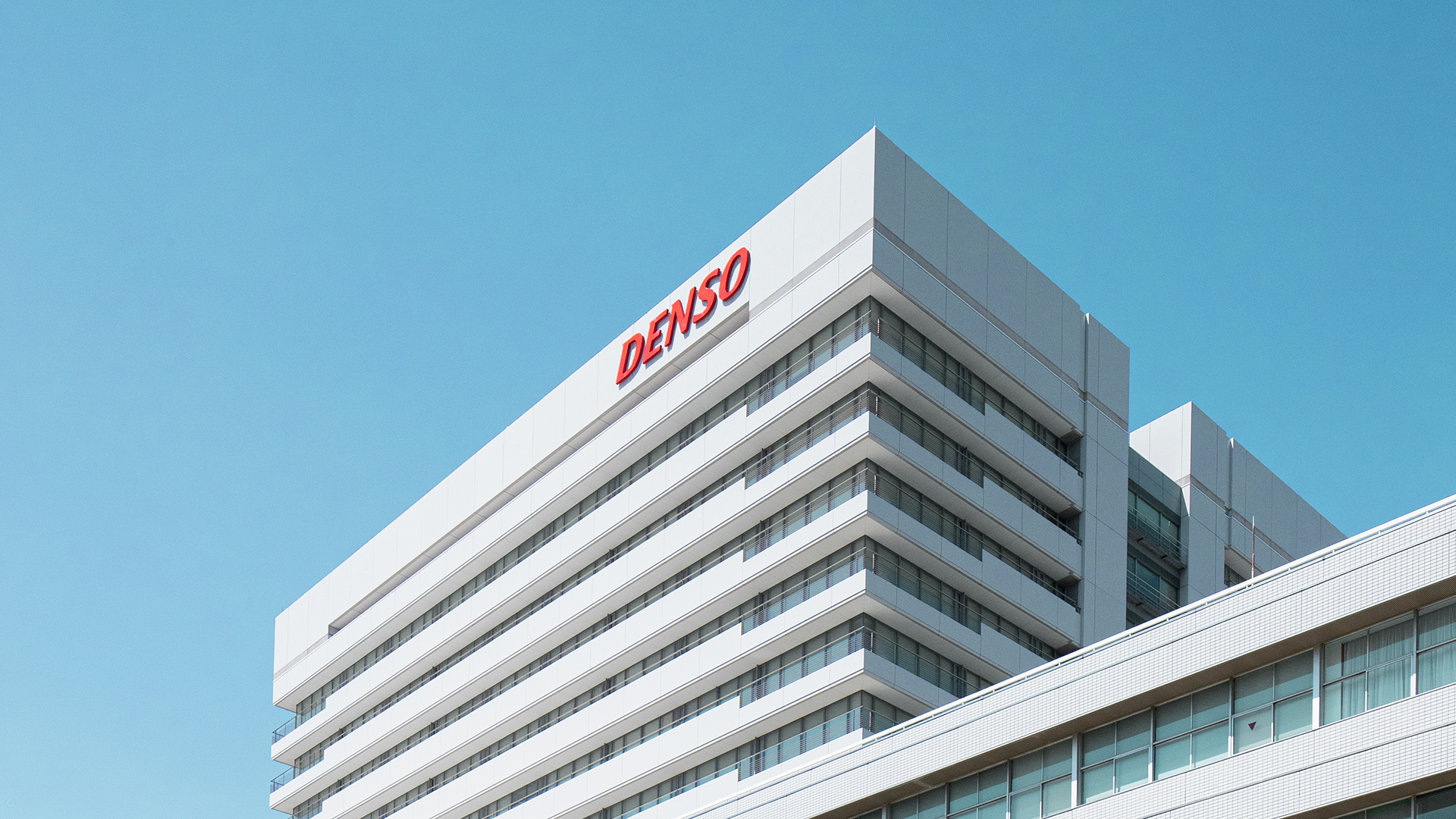

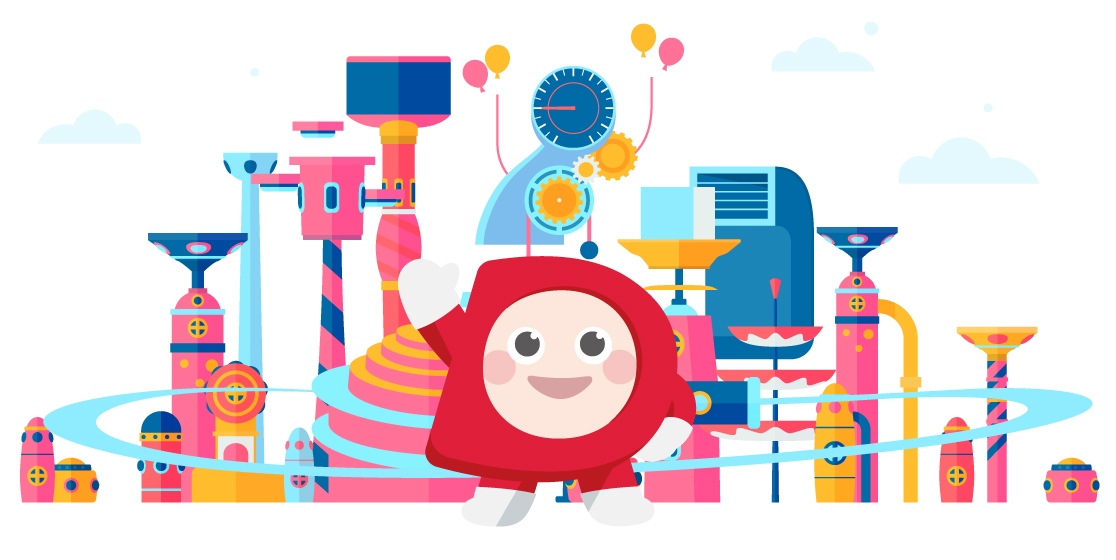


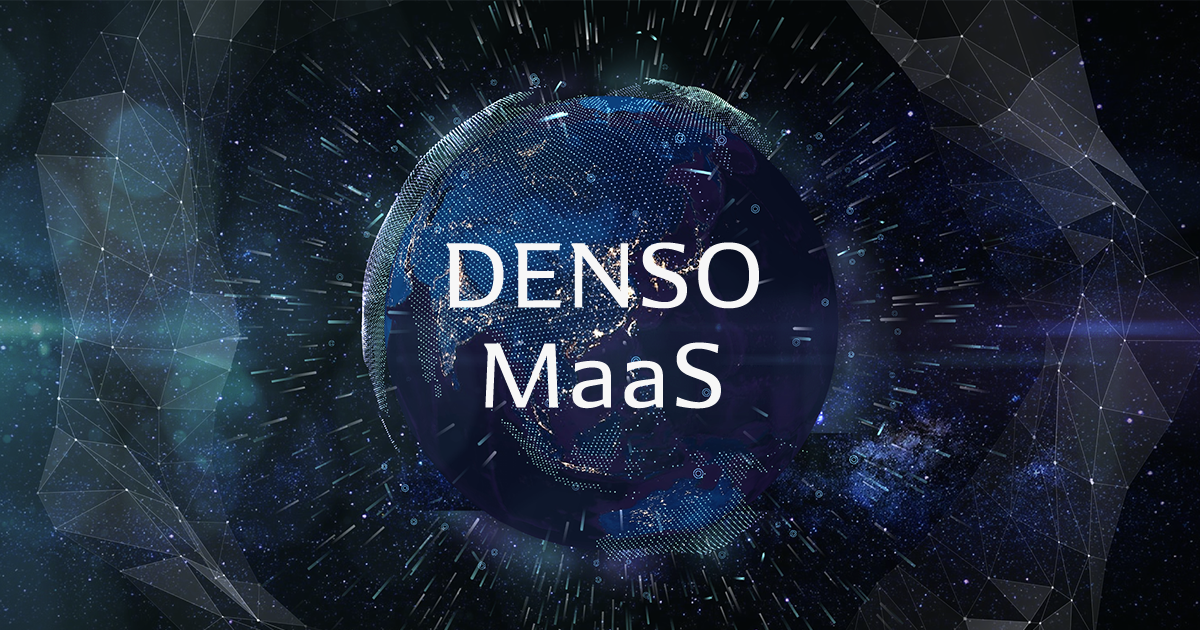
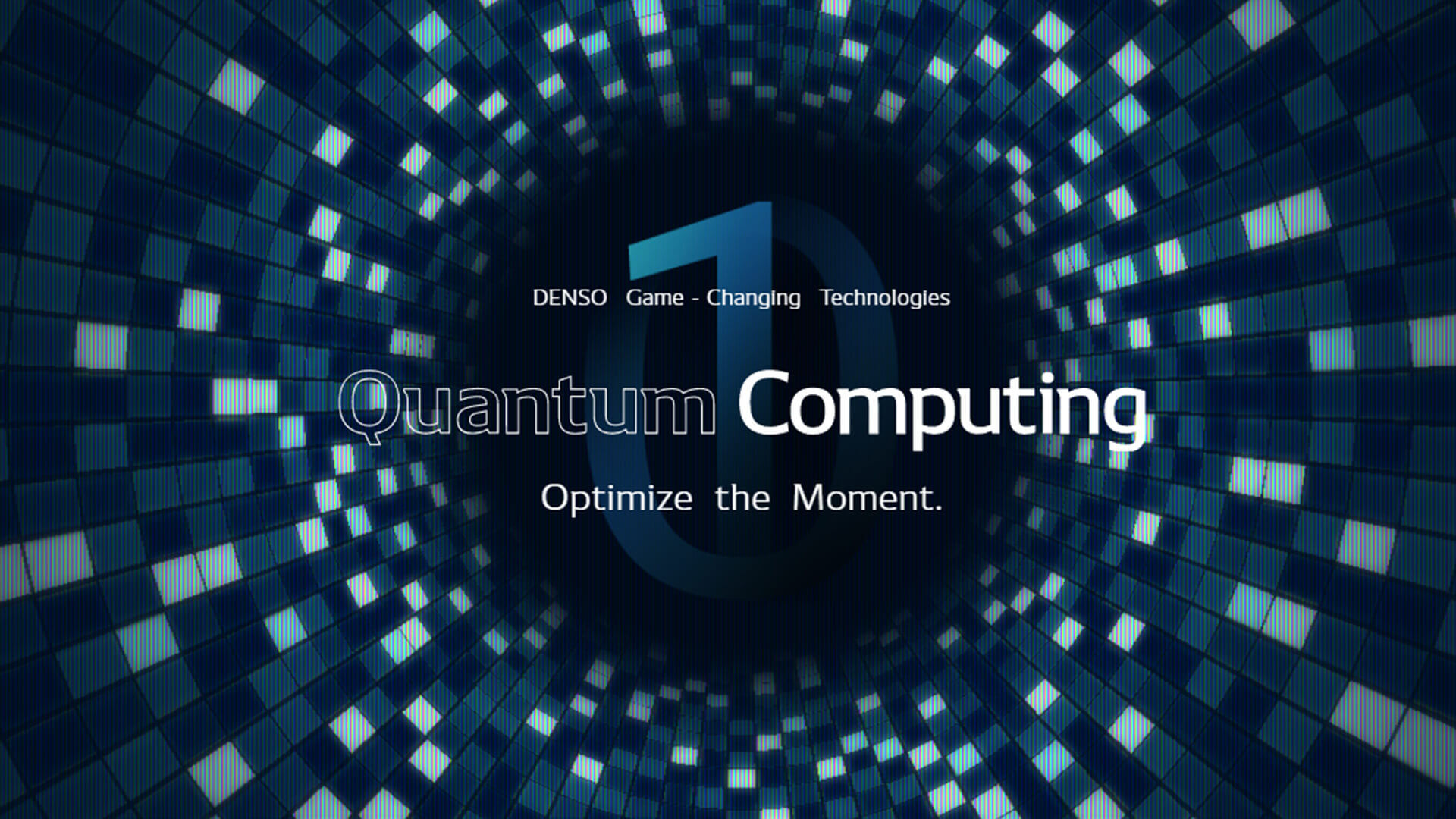
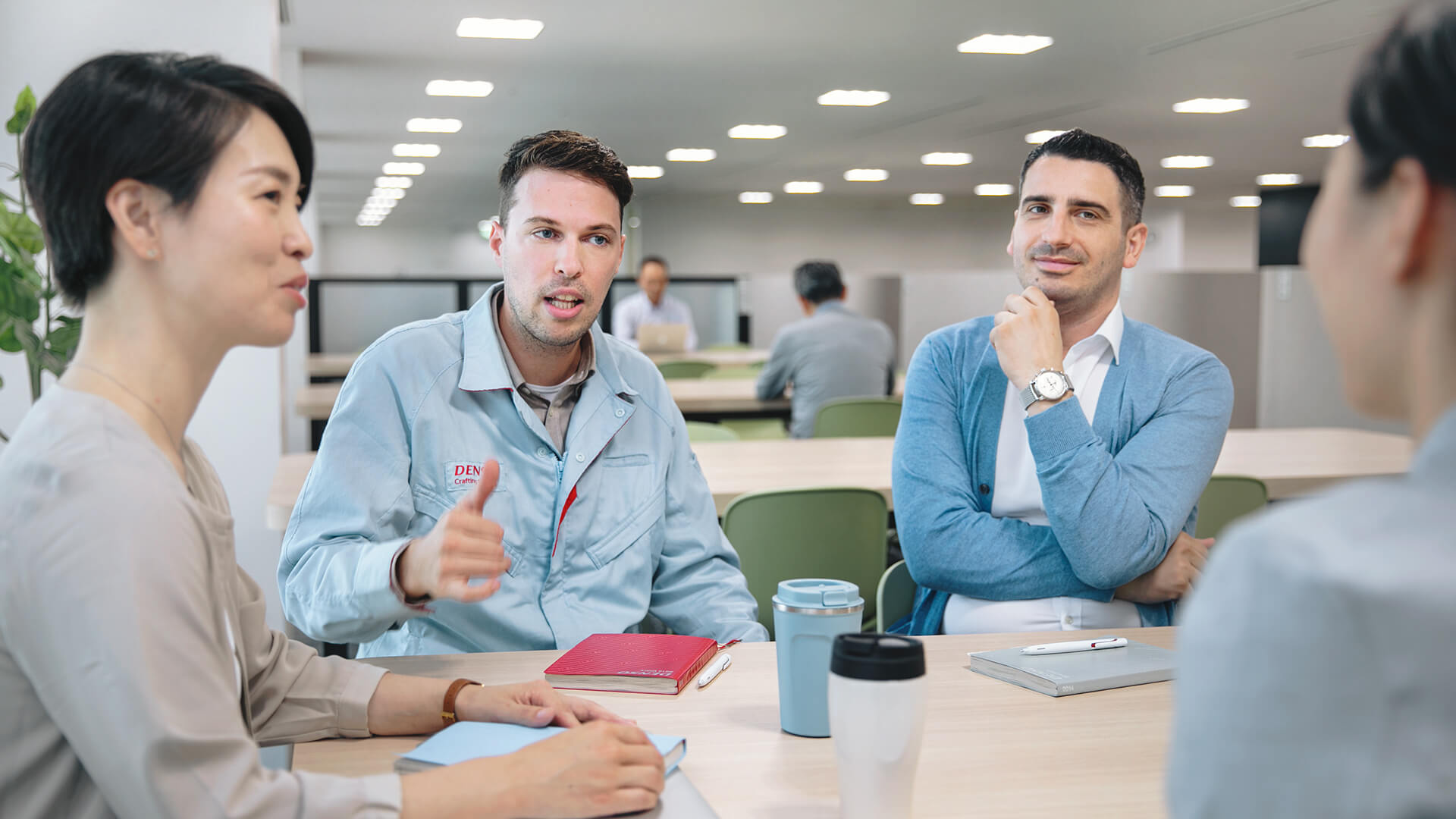
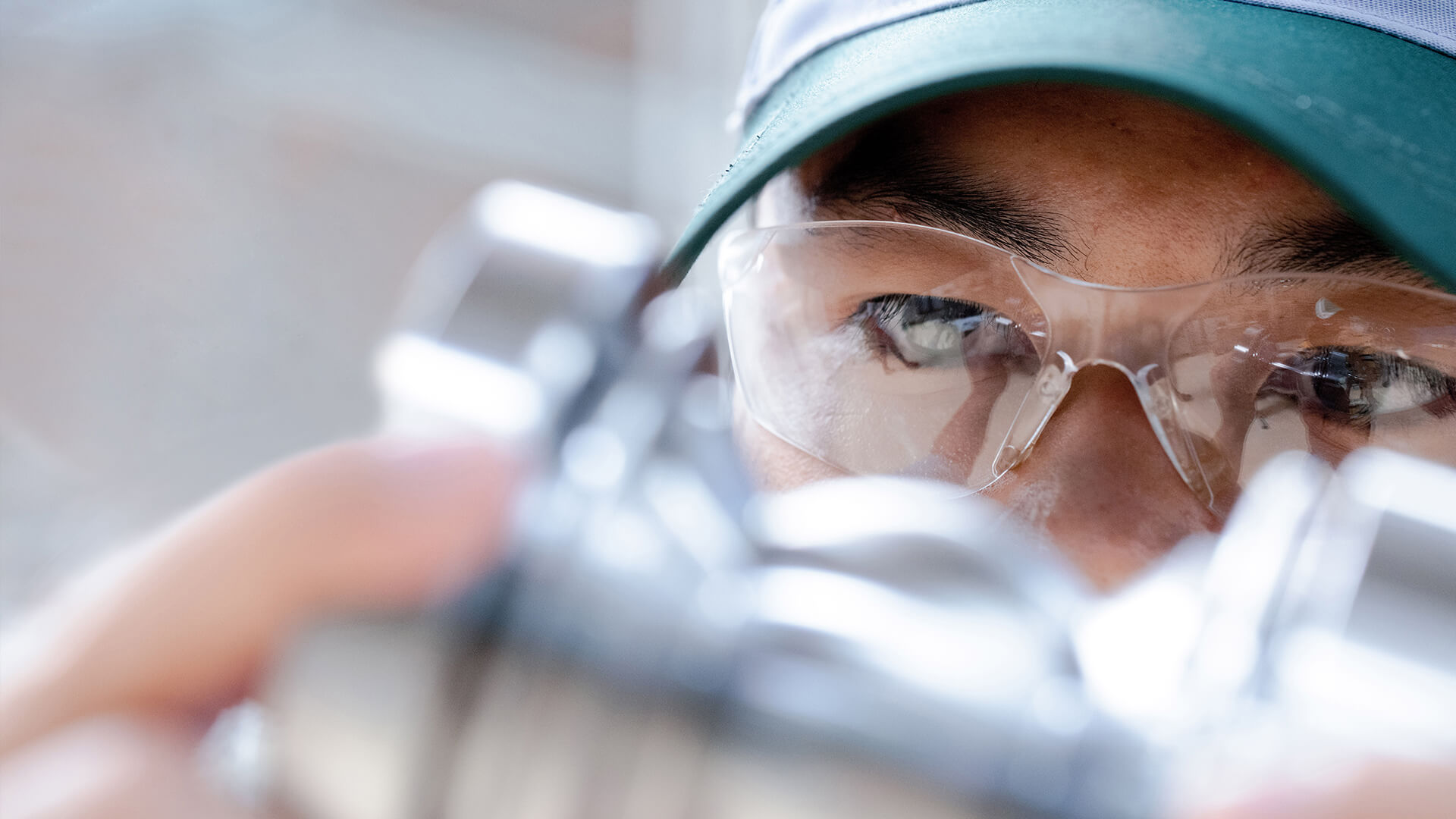
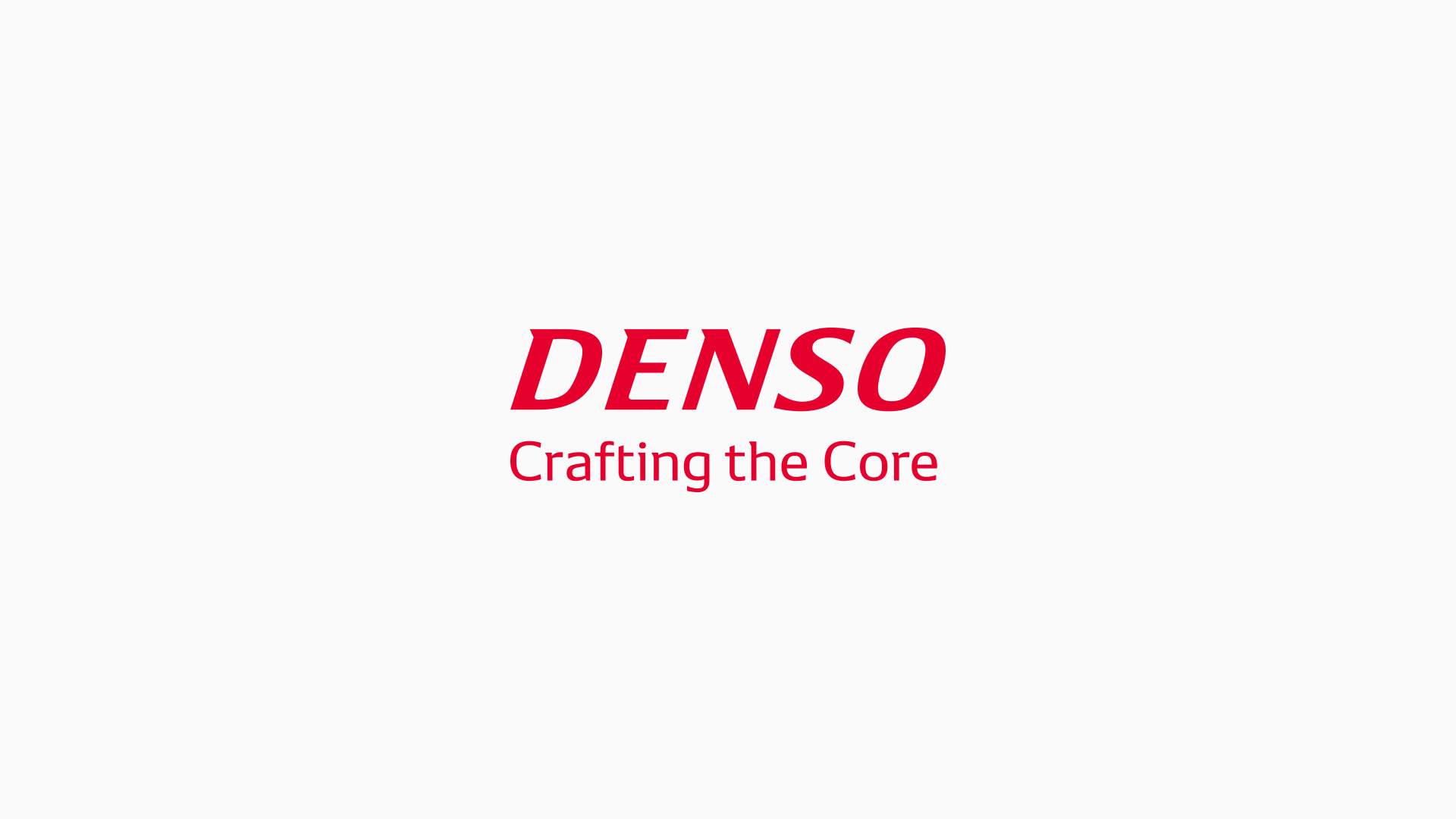

.jpg?h=720&la=en&w=1280&rev=294ada7460f9403c9df675ae681ef4ae&hash=12041354D4015C8BD8071E77692CEDA7)
.jpg?h=720&la=en&w=1280&rev=c89d59c2c5084735a001cab7d77f8e50&hash=4A317C50FA7C9AA20A83344B775B9B78)
.jpg?h=720&la=en&w=1280&rev=cebe8c54347243c49665b5fda87eba5a&hash=8EC6A763514189BAE25A9AF1666193AD)
.jpg?h=720&la=en&w=1280&rev=91e7a967f91b46e790a88fec700b5fd2&hash=6946692CEB2E3D429E365602572CE62E)
.jpg?h=720&la=en&w=1280&rev=f6c05fa308e34f04b052d871d6250fb8&hash=DE7AF6833ADE0E1736FFCB4DBFFCFA01)
.jpg?h=720&la=en&w=1280&rev=6d37092393b0462f83b8daca9fbdbe4d&hash=8C211E82F46C1CB7D56CBF9C0A8AA6D9)
.jpg?h=720&la=en&w=1280&rev=b547cd929559452c971d78fe877dfcd2&hash=3FC9275DC13E301B897C06A4C6B2F57A)

.jpg?h=720&la=en&w=1280&rev=e2c464f49d0448268caec5beaf404b48&hash=9C1DF729701D07B6DF7C5642F4FEC15C)
.jpg?h=720&la=en&w=1280&rev=4c47d469dfb64691a675a5b26037caed&hash=FE775EBCEC2937CC61CA9BF522AB1123)
.jpg?h=720&la=en&w=1280&rev=6100abb1f1134303baf0775d352c5733&hash=BCDABCD81B961225EDF889E88FEEB046)
.jpg?h=720&la=en&w=1280&rev=73c428019c1045cf9e294fe4172f7c36&hash=88588B66AAE9A87691F630E74308CFDE)

.jpg?h=720&la=en&w=1280&rev=0f0e6aaaa2b34d8cb1fe12f2b0f99e33&hash=5DF9CC62CA2B6C32C18993A2A2D34712)
.jpg?h=720&la=en&w=1280&rev=bd77a10d6d2342e8a241a6f8334855a0&hash=EB11F0C8838E6633F63FBB405709DA46)
.jpg?h=720&la=en&w=1280&rev=4a21346ac88347cdb4764e7387fe0172&hash=09DCC929C25FD1308A7968FDB84DCB95)
.jpg?h=720&la=en&w=1280&rev=a6ab474b604a4509b63d23012a7e16c7&hash=9018CF834E45AD724C9C4D0EC94E0FA0)
